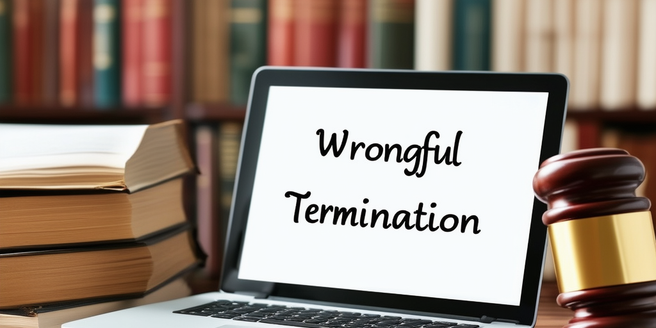
Understanding Employment Law Violations
Employment law violations occur when employers fail to adhere to labor regulations, which may include wage disputes, discrimination, or wrongful termination. Understanding these violations involves knowing both federal and state labor laws. The Fair Labor Standards Act is a key federal regulation that sets minimum wage and employment standards. On the state level, laws may vary, but they generally aim to protect employees from unfair treatment or unsafe work environments. Recognizing a violation is critical for ensuring justice and fair treatment in the workplace. Often, employees are unaware of their rights or fear retaliation when reporting violations, making education on these matters crucial.
Types of Common Workplace Violations
Common workplace violations encompass a range of issues like unpaid overtime, failure to offer breaks, and discriminatory practices. Wage and hour violations often occur when employees are not compensated for overtime work as stipulated by law. Discrimination in the workplace can manifest in various forms, including race, gender, and age discrimination, which can lead to a hostile work environment. Additionally, unsafe working conditions due to lack of proper safety measures or failure to comply with Occupational Safety and Health Administration (OSHA) standards are significant violations. Being aware of these common violations can empower employees to demand their rights and seek remedial action.
Introduction to Class Action Lawsuits
Class action lawsuits enable a group of people who experienced similar harm to file a lawsuit collectively against a defendant. This type of legal action is particularly beneficial in employment law, where multiple employees may suffer from the same violation, such as wage theft or discrimination. The process of a class action typically begins when one or more individuals, acting as representatives of the class, file a lawsuit. Class actions can promote efficiency and uniformity in legal proceedings, allowing for collective redress that might be too costly or burdensome for individuals to pursue on their own. This mechanism plays a vital role in holding corporations accountable and ensuring widespread justice.
The Role of Class Actions in Employment Law
Class actions in employment law serve as a powerful tool for addressing systemic violations that affect a large group of employees. They help level the playing field by enabling individuals with limited means to challenge corporate misconduct collectively. These lawsuits can address a plethora of issues, from discriminatory practices to wage theft and unfair labor practices. The collective nature of class actions allows for more substantial evidence gathering and can lead to significant settlements or changes in workplace policies. Moreover, the threat of class actions can motivate employers to comply with labor laws, creating a safer and more equitable work environment.
Benefits and Challenges of Class Action Cases
The benefits of class action cases in employment law include providing access to justice for many who might not have the means to pursue individual claims. They can result in substantial financial compensation and force companies to change harmful policies. However, challenges include the complexity of certifying a class, which requires showing that the claims are sufficiently similar to warrant collective treatment. Additionally, achieving a fair settlement can be difficult, and class members often have limited control over the litigation process. Despite these challenges, class actions remain a critical mechanism for addressing widespread violations.
Recent Trends in Employment Class Actions
Recent trends in employment class actions show an increasing focus on wage and hour disputes, with technology playing a pivotal role in evidence gathering. The rise of gig economy workers has brought new challenges to employment law, prompting a surge in lawsuits related to worker classification and benefits. Additionally, there is a growing trend towards using targeted litigation strategies aimed at systemic bias, particularly related to diversity and inclusion efforts within workplaces. Courts are also increasingly scrutinizing arbitration agreements that aim to limit the ability of employees to join class actions. These trends underscore the evolving landscape of employment class actions and their significance in modern labor law.
